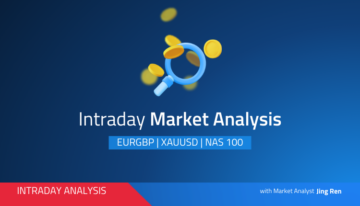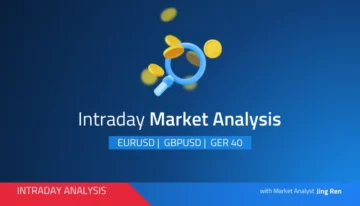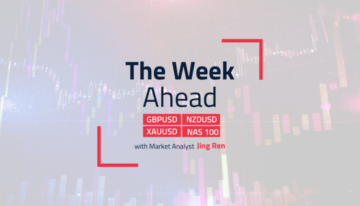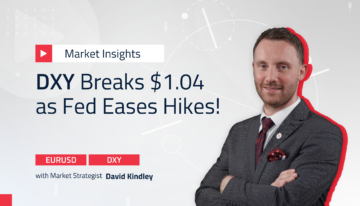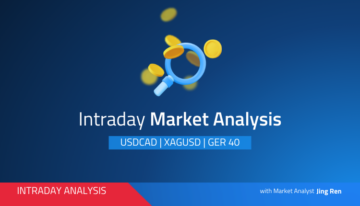
As anticipated, the nominee to succeed Kuroda at the head of the BOJ provided testimony before the parliament. There was a lot of anticipation ahead of the event, so see if and what policies might change. On Friday he spoke before the lower house, and earlier today he spoke before the upper house, largely repeating what he said last week.
The gist of his comments was that he supported the current policy, but left the door open to change policy later should the data merit it. It was seen as an extremely cautious presentation, as he studiously avoided answering any specifics about future policy. Some even characterized the Q&A session after his presentation as similar to a microeconomics lecture. Ueda made ample use of his academic experience to talk extensively in generalities in order to avoid saying anything specific.
How the markets reacted
While Ueda was talking on Friday, there were ups and downs in the currency pair. Traders took different interpretations of what he was saying in real time, but overall the currency remained unchanged. After all, he wasn’t announcing anything new, and it was widely expected that he would essentially confirm that he was in favor of maintaining the current policy for now. After all, he was doing what could be seen as a job interview, and was unlikely to say something to significantly rock the boat.
The USDJPY took an excursion significantly higher around the US open, likely due more to factors that weren’t related to Ueda’s comments. Although his views were generally interpreted as dovish, the BOJ is already extremely dovish as it is. No major change there.
So, why the big reaction?
But there could have been more hope than expectations that he could have delivered some comments hinting at potential tightening. But it appears it was more dollar strength than weakness in the yen that drove the pair. With Ueda essentially saying there wouldn’t be an immediate change to policy, then there wasn’t anything to offset the change in outlook for the Fed.
On Friday, the US reported PCE Price Index for January doubling expectations at 0.6%, and rising over December. Personal spending also roared ahead at 1.8% compared to just 1.1% expected. Both of these data points added to the growing narrative that the Fed is going to keep hiking more and keep rates higher for longer. The dollar jumped to a near seven-week high in response to the data. With dovish commentary from the future head of the BOJ, the currency pair naturally rose.
Where things go from here
Although Ueda was quite careful not to say anything definitive about changing policy, he did admit to something. The main issue is around Yield Curve Control, as that’s seen as the first step towards moving away from the ultra accommodative policy. Specifically, he said he was open to “shortening” the control on yields to five years from 10 years. Which would essentially allow shorter term yields to rise more, a very mild form of tightening.
So, evidently he’s thought about the need to get out of the ultra-low rates, but tried as much as possible to avoid committing to anything that resembled a “how”. Probably because it’s a very thorny question, and he might not venture anything more specific until after he’s confirmed. That is, when the process of the “job interview” is over.
Test your strategy on how the USDJPY will fare with Orbex
- SEO Powered Content & PR Distribution. Get Amplified Today.
- Platoblockchain. Web3 Metaverse Intelligence. Knowledge Amplified. Access Here.
- Source: https://www.orbex.com/blog/en/2023/02/why-did-usdjpy-move-after-ueda-spoke-in-parliament
- 1
- 10
- a
- About
- academic
- added
- admit
- After
- ahead
- All
- already
- Although
- and
- Announcing
- Anticipated
- anticipation
- around
- avoid
- avoided
- because
- before
- Big
- boat
- boj
- careful
- cautious
- change
- changing
- characterized
- Commentary
- comments
- committing
- compared
- Confirm
- CONFIRMED
- control
- could
- Currency
- Current
- curve
- data
- data points
- December
- definitive
- delivered
- DID
- different
- doing
- Dollar
- Door
- doubling
- Dovish
- Earlier
- essentially
- Even
- Event
- expectations
- expected
- experience
- extremely
- factors
- favor
- Fed
- First
- form
- Friday
- from
- future
- generally
- get
- Go
- going
- Growing
- head
- High
- higher
- hiking
- hope
- House
- How
- HTTPS
- immediate
- in
- index
- Interview
- issue
- IT
- January
- Job
- Keep
- largely
- Last
- Lecture
- likely
- live
- longer
- Lot
- made
- Main
- major
- Markets
- Merit
- might
- more
- move
- moving
- NARRATIVE
- naturally
- Near
- Need
- New
- offset
- open
- order
- Outlook
- overall
- parliament
- pce
- personal
- plato
- Plato Data Intelligence
- PlatoData
- points
- policies
- policy
- possible
- potential
- presentation
- price
- probably
- process
- provided
- Q&A
- question
- Rates
- reaction
- real
- real-time
- related
- remained
- Reported
- response
- Rise
- rising
- Rock
- ROSE
- Said
- session
- should
- significantly
- similar
- So
- some
- something
- specific
- specifically
- Spending
- Step
- Strategy
- strength
- succeed
- Supported
- Talk
- talking
- testimony
- The
- the Fed
- The Future
- things
- thought
- tightening
- time
- to
- today
- towards
- Traders
- Ultra
- UPS
- us
- use
- venture
- views
- weakness
- week
- What
- which
- widely
- will
- would
- years
- Yen
- Yield
- yield curve
- yield curve control
- yields
- Your
- zephyrnet

